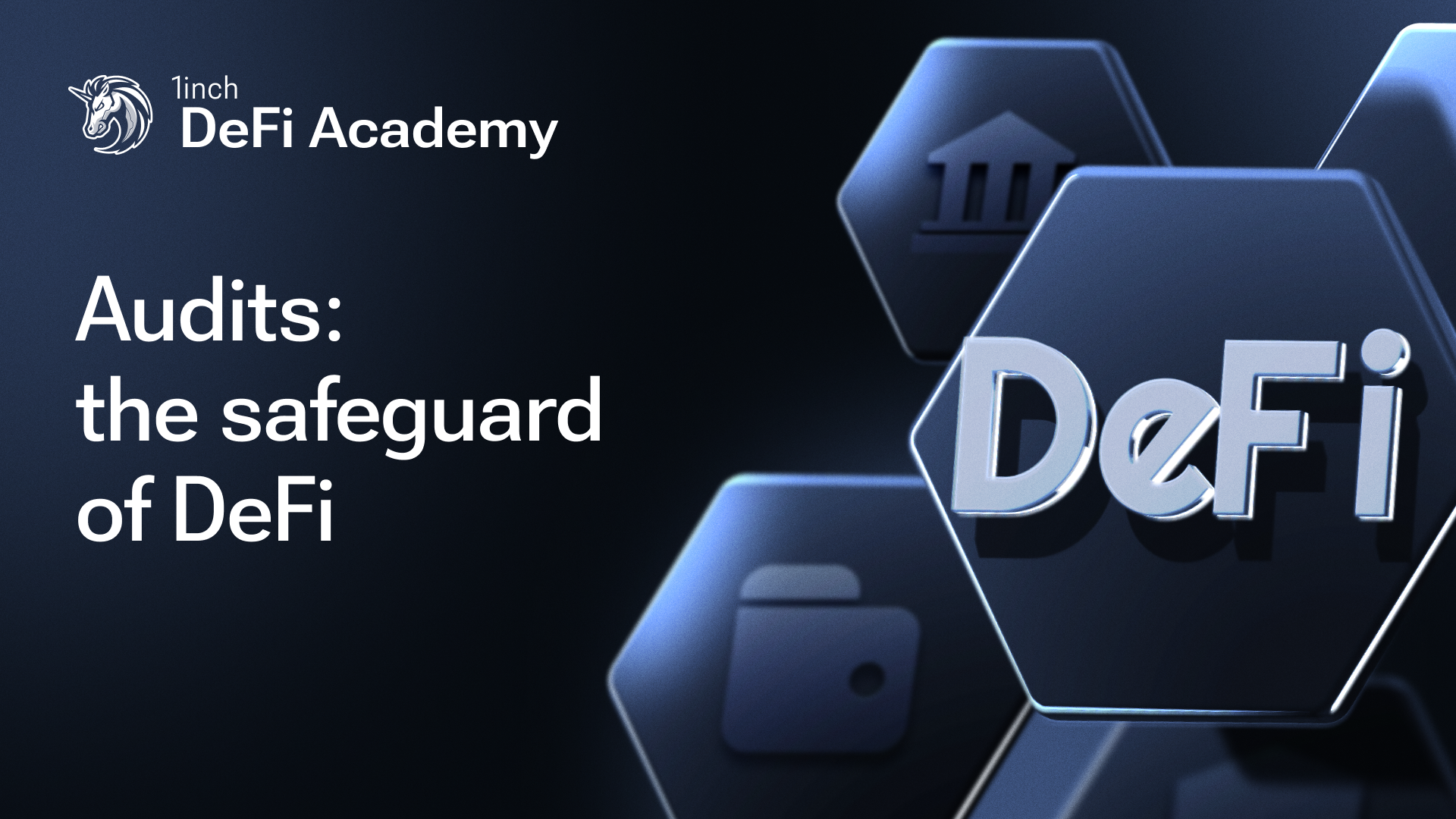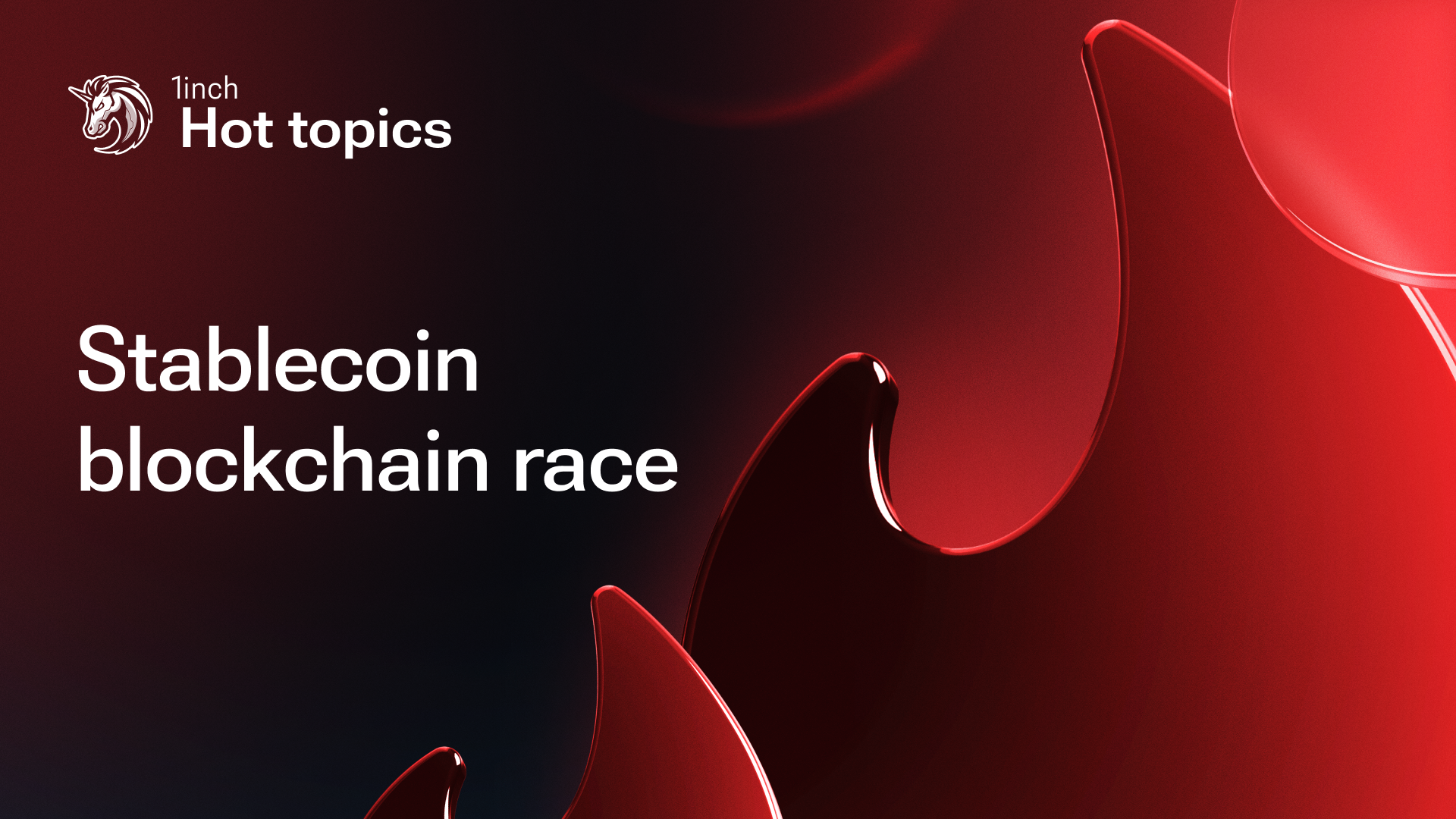Ethereum L2s: fears exaggerated

Contrary to recent claims, concerns about the imminent depletion of available blob capacity for Layer 2 networks - and a resultant spike in transaction fees - are overstated.
Recent reports have provoked concern that Ethereum’s Layer 2 (L2) scaling solutions may soon face challenges in efficiently scaling the mainnet.
Layer 2 solutions are protocols or networks built on top of Layer 1 networks to enhance scalability and reduce transaction costs. They achieve this by processing transactions off-chain and periodically settling the results on the main chain.
L2s post transactions to Ethereum in the form of blobs - “binary large objects.” Blob-carrying transactions are similar to regular transactions but they include an extra piece of transaction data. Unlike regular data, blobs do not permanently occupy space on the mainnet. Instead, they remain available for only 18 days. L2s bundle transactions, process them off-chain and post them to the main chain for verification, using blobs.
Some industry insiders have warned that growing demand for L2 solutions could quickly exhaust the available blob capacity, potentially leading to higher fees for L2 users.
Currently, the blob limit per block is six, with a target utilization of 50% - or three blobs. Blobs are priced using a dynamic blob fee. If blob utilization is above the target, base fees are increased by up to 12.5% for the next block. If the target limit is not reached, base fees decline by up to 12.5% for the next block.
Since November, demand for blobs has been consistently high, meeting the three-blob target regularly, and so driving blob fees higher.
However, L2 users have nothing to worry about at this point, as1inch Chief Blockchain Officer Mikhail Melnik explains. “L2 users are still paying little for blobs, and prior to November, blob fees were completely negligible. But blobs are consuming the Ethereum network’s resources and these resources should be properly priced.”
According to Mikhail, the real risk is that a significant increase in the number of blobs could negatively impact consensus speed, potentially compromising the stability of the network.
“Although the per-block target for blobs has been consistently met in recent months, L2 transaction costs remain low as the majority of fees are still being spent on internal L2 costs,” he explains. “I’m in favor of a conservative approach in increasing the blob limit and target. A limit/target of 6/9 is going to be adopted in Pectra hardfork by mid March and it will effectively double the available blob space providing enough room for L2 growth until the next hard fork. There’s no immediate need for a more substantial increase at this point.”
Before the introduction of blobs, settlement on L1 accounted for 70%-90% of L2 transaction costs. Right after the introduction, L1 settlement constituted less than 1% of the total L2 transaction costs. It currently reaches 10%-20%, which indicates that now is a good time for the first blob count increase.
1inch supports a variety of L2 solutions, offering users a diverse range of options to meet their needs.
Start using L2 solutions supported by 1inch today!




























